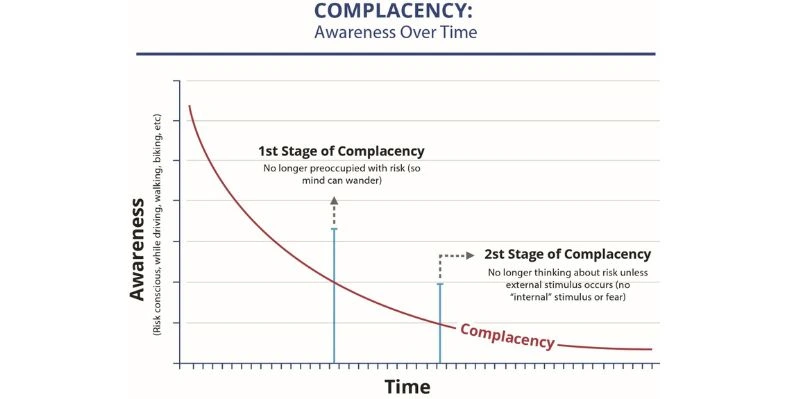The global occupational health market is on an upward trajectory, valued at approximately US$4.8bn in 2023 and projected to reach nearly US$8.5bn by 2032, growing at a compound annual growth rate (CAGR) of 6.5%.
According to Credence Research, this sustained growth is being driven by increasing awareness of workplace safety, mental health, and chronic disease prevention, alongside regulatory pressure and the growing size of the global workforce.
Sectors such as construction, manufacturing, mining, and healthcare are witnessing rising demand for occupational health services, including health screenings, injury prevention, ergonomic support, and psychological care.
As organisations face growing expectations to ensure safe, compliant, and resilient working environments, they are investing more heavily in structured health programmes.
The integration of telemedicine, wearable devices, and data analytics is enabling a shift from reactive to proactive occupational healthcare, expanding access and improving efficiency.
With the workforce becoming more diverse and mobile, spanning hybrid models, remote work, and an ageing demographic, occupational health solutions are evolving to meet a wider set of needs across both developed and emerging economies.
Growth drivers
Occupational health is increasingly viewed as a strategic business function rather than a compliance burden. Businesses are adopting preventive health strategies such as wellness programmes and stress reduction initiatives not only to protect staff but also to enhance productivity and reduce long-term costs.
Regulatory frameworks are tightening globally, especially in high-risk industries like mining and chemicals, pushing companies to implement regular health monitoring, risk assessments, and employee safety training.
At the same time, digital tools are revolutionising service delivery. Telehealth consultations, real-time data monitoring, and predictive analytics are transforming occupational health from a periodic check-up model to a continuous care approach. These innovations are especially valuable in managing decentralised and gig workforces, where traditional models are less effective.
Challenges
Despite this momentum, several barriers remain. In many small-to-medium enterprises, particularly in developing regions, occupational health is still seen as a discretionary cost. Limited awareness, budget constraints, and insufficient regulatory enforcement all contribute to low uptake.
Moreover, the fragmented nature of global regulations complicates implementation for multinational companies. Inconsistent standards between countries make it difficult to deploy uniform occupational health protocols across geographies.
Finally, while digital solutions offer great potential, companies often face significant hurdles in adoption. These include concerns around data privacy, technical integration of health platforms, and employee apprehension about monitoring tools. Unless addressed, these challenges could slow the pace of transformation in the occupational health sector.






















